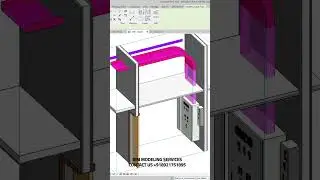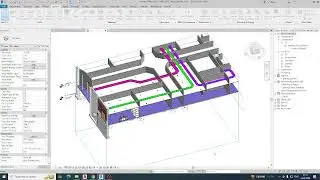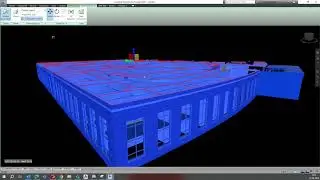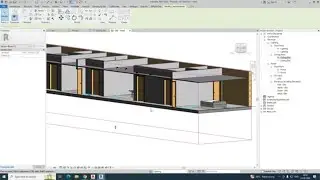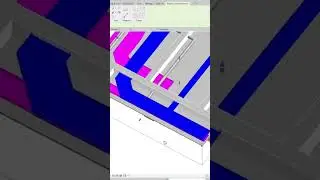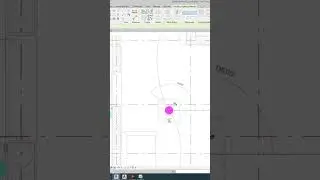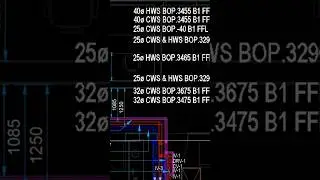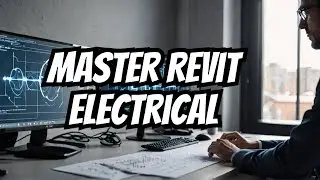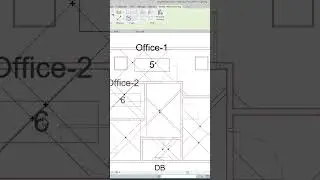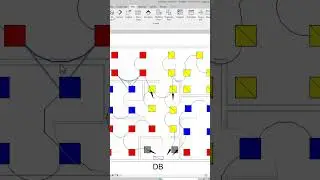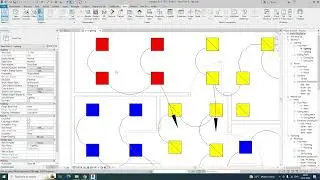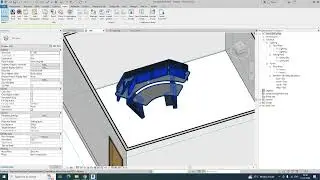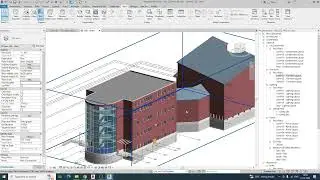How To Create A Db Electrical Distribution Family In Revit
Here’s a basic guide:
1. Conceptualization:
Purpose: Define the specific purpose of the electrical distribution family.
Specifications: Determine the electrical ratings, dimensions, configurations, and any additional features.
2. Start in Family Editor:
Launch Revit Family Editor: Begin by opening the Revit Family Editor to create a new family from scratch or modify an existing family.
3. Modeling:
Create Geometry: Use the appropriate tools to model the physical representation of the electrical distribution system. This includes creating panels, breakers, switches, wires, connectors, etc.
Parameters: Establish parameters for dimensions, ratings, materials, and any other relevant data.
4. Add Parameters:
Instance Parameters: Create parameters for specific instances, like number of phases, voltage, current, etc.
Type Parameters: Establish parameters that affect the entire type of the family, such as panel capacity, type of connections, etc.
5. Connectivity and Functionality:
Connect Elements: Ensure that the elements within the distribution system family are connected logically and accurately, representing the real-world electrical connections.
Load Calculations: If necessary, integrate formulas or logic to calculate loads, capacities, or other electrical parameters.
6. Information and Documentation:
Add Information: Include information such as manufacturer details, part numbers, and any other relevant data for scheduling purposes.
Documentation: Create views, tags, and annotations necessary for clear documentation and representation in project drawings.
7. Testing and Validation:
Test in Project Environment: Load the family into a Revit project to test its functionality and ensure it works as intended.
Validation: Check for errors, inconsistencies, or missing connections. Make necessary adjustments.
8. Save and Use:
Save the Family: Save the family file in an appropriate location for future use in projects.
Utilization: Use the newly created electrical distribution family within your Revit projects, placing it where needed and adjusting parameters as required.
9. Further Refinement:
Feedback and Iteration: Gather feedback from users or team members and iterate on the family if necessary to improve its usability or accuracy.
10. Documentation:
Document Changes: Keep a record of any modifications or updates made to the family for future reference.
For training Contact me through WhatsApp- +918921751895
• Revit Electrical Project Setup For Small P...
• Revit Electrical Project Setup For Lightin...
• Revit Electrical Project Setup For Beginne...
• Power Circuiting & Creating Panel Schedule...
• Revit Electrical Live Malayalam Class//റെവ...
Join this channel to get access to perks:
/ @autocadrevitbyju










